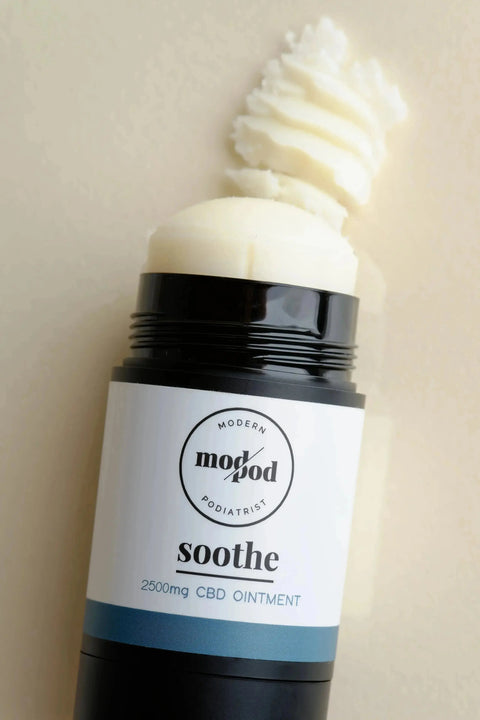Effective Callous Treatment and Dry, Cracked Skin Cure
Understanding the Causes of Dry, Cracked Heels
To effectively address callous treatment and dry, cracked skin cure for dry heels, it’s essential to understand what causes them. The skin on your feet does not have as many oil glands, making it susceptible to dryness. Common causes include improper footwear, long periods of standing, weather conditions, and even certain medical conditions like diabetes. When the skin becomes dry, it loses elasticity, leading to cracks and fissures. To effectively treat dry heels consider these dry heel remedies.
Environmental Factors
Weather plays a significant role in the condition of your heels. Cold, dry air can sap moisture from your skin, while excessive heat and humidity can lead to sweating, promoting fungal infections. Footwear choices also affect skin health; open-backed shoes can increase friction, causing more damage. To combat environmental hazards, consider wearing closed shoes and moisturizing regularly.
Medical Concerns
If your cracked heels persist despite regular care, it may be time to consult a healthcare professional. Conditions such as eczema, psoriasis, or fungal infections can lead to dry skin and cracks. Addressing underlying health issues is vital for long-term relief. Always listen to your body and seek help if needed.
Daily Foot Care Routine
Establishing a consistent foot care routine can significantly improve the health of your heels. Start with simple yet effective steps to keep your feet feeling soft and crack-free. Here are key components of an effective foot care routine:
- Soak your feet in warm water 2-3 times a week.
- Gently exfoliate using a pumice stone to remove dead skin.
- Apply a thick moisturizer after drying your feet.
- Wear socks to lock in moisture overnight.
By dedicating time each week to care for your feet, you can maintain smooth skin and prevent dryness.
Choosing the Right Moisturizers
Not all moisturizers are created equal, especially for dry toes and heels. Look for products specifically formulated for intense hydration. Ingredients like urea, honey, and coconut oil are great choices. Consider applying hydrate | intense foot cream to deeply nourish and repair dry, cracked skin.
DIY Moisturizer Options
If you prefer natural remedies, there are numerous DIY options you can try at home. For instance, mixing coconut oil with essential oils can provide both hydration and a relaxing aroma. Similarly, olive oil paired with sugar can create an effective homemade scrub that gently exfoliates while moisturizing your skin.
When to Use Heavy Treatments
For particularly stubborn cracks, heavier treatments like petroleum jelly or thick ointments are ideal, especially overnight. These products create a barrier that traps moisture in the skin, enhancing their effectiveness. Don't forget to cover your feet with socks after applying these thick products to maximize their healing abilities!
Professional Treatments Available
If home remedies do not provide relief from your dry heels, consider seeking professional help. Podiatrists are trained to assist with foot care and can recommend a personalized treatment plan. They may suggest procedures like deep exfoliation, laser therapy, or prescription medications for severe cases.
At-Home Foot Masks
In addition to regular treatment, you can pamper your feet with DIY foot masks made from natural ingredients. A combination of mashed avocados and honey can work wonders, offering both hydration and nourishment. Let the mask sit for around 20 minutes before rinsing off to see improved softness in your skin.
Foot Spa Options
Consider investing in a foot spa or foot soaker for at-home pampering. Regular foot baths with added Epsom salts can help relax tired feet while softening the skin, making it easier to exfoliate.
Preventing Dry Heels in the Future
Once you've achieved healthy, smooth heels, the key is prevention. Here are some helpful tips:
- Avoid prolonged exposure to harsh weather conditions.
- Choose supportive and well-fitted footwear.
- Keep hydrated, drinking plenty of water daily.
- Maintain a regular foot care routine.
Being proactive about foot care can save you from the discomfort of dry, cracked heels in the future!
Conclusion
Treating dry, cracked heels effectively requires a mix of understanding the underlying causes and implementing a dedicated foot care routine. By consistently moisturizing, exfoliating, and seeking professional advice when necessary, you can maintain healthy, smooth feet year-round. Don’t wait for cracks to worsen—start your journey towards happy feet today!
Frequently Asked Questions (FAQ)
1. How often should I moisturize my feet?
It's best to moisturize daily, especially after any cleaning or soaking.
2. Can I use regular body lotion on my feet?
While it’s a temporary solution, dedicated foot creams are more effective for deep hydration.
3. How can I prevent cracks from forming on my heels?
Maintain a regular foot care schedule, stay hydrated, and choose appropriate footwear to reduce the risk of cracking.
4. Is it normal for heels to crack?
Cracked heels are common but should not be ignored if they lead to pain or discomfort.
By following the advice in this guide, you'll be well-equipped to tackle dry heels and keep your feet looking and feeling their best!
Understanding Callouses and Their Causes
Callouses form as a natural response to friction and pressure on the skin. They often appear on feet and hands but can develop anywhere on the body. Because these areas endure repeated stress, the skin thickens to protect itself. However, dry and cracked skin is not only uncomfortable but also can lead to painful conditions. It's essential to address the underlying causes to manage them properly. Therefore, understanding the triggers is the first step in finding effective treatments.
Natural Remedies for Softening Callouses
Soaking your feet in warm water helps soften callouses, making removal easier. You can add ingredients like Epsom salt or vinegar for added benefits. After soaking, gently scrub the dead skin using a pumice stone. Be sure to moisturize afterward, as moisturizing is essential to prevent the skin from cracking again. By regularly performing this routine, you can significantly reduce the appearance of callouses and maintain healthier skin.
Professional Treatments for Persistent Cases
If home remedies aren’t effective, it might be time to consult a dermatologist. They offer treatments like chemical peels or laser therapy to remove stubborn callouses. This is particularly important for individuals with diabetes or other conditions that affect foot health. However, preventative steps are crucial, as without proper aftercare, the callouses can return. Therefore, maintaining an ongoing skin care routine is vital to achieve lasting results.



Comments (0)
There are no comments for this article. Be the first one to leave a message!